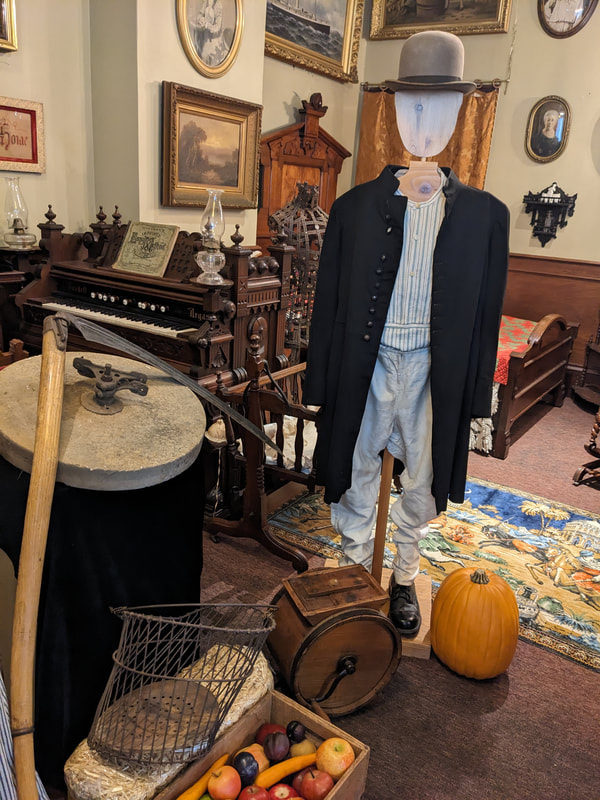Fall Harvest in Humboldt County
The HarvestFall is harvest season for many of our favorite foods! While not all crops are ready for harvest in the fall, apples, winter squashes like pumpkins, and potatoes are! Harvesting is the process of gathering a ripe crop from the fields. The completion of harvesting marks the end of a growing season, and the importance of this event makes it the focus of seasonal celebrations such as harvest festivals.
A successful harvest can determine the fate of a community. Fall harvest festivals were joyous times, for they heralded in the time of plenty. There have been harvest celebrations for as long as people have gathered seasonally abundant food. Many different cultures have developed elaborate harvest customs that included songs, rituals, prayers, and special dishes. County and regional fairs were often scheduled after the harvest so local farmers could sell some of their harvest to merchants, exchange experiences about the previous season, learn new farming techniques, exhibit their finest crops, compete for awards, and generally engage in a communal celebration. Other harvest-related events included parades, special religious services, and a large feast with traditional dishes. Men Harvesting Apples in Humboldt County c. 1900
|
Fall is just around the corner and that means harvest season is upon us. As we prepare for festivals, seasonal treats, and colder weather the Clarke museum recalls the harvest cycles of yesteryear.
Currently displayed in the Victorian Room is a scene of pastoral abundance. A male and female mannequin stand decked out in working class finery of the late 1800s. They are surrounded by the tools and produce found in Humboldt County of that time period. Some of the things you can see include a grinding stone used to grind wheat and barley, a scythe, gathering basket, and butter churn. According to our registrar Alex a successful harvest could determine the fate of a community. The completion of a successful harvest has often celebrated through festivals and fairs, allowing locals to revel before winter while farmers showed off their goods. Agriculture in Humboldt CountyIn the early 1900s, Humboldt County was extremely remote—no railroads led into the county, so it was generally reached by boat and some road access during summer months. However, Humboldt had a growing dairy industry and a booming lumber industry. Its agricultural production was also flourishing. By 1914, Humboldt County was home to 1,534 farmers, who on average owned 300 acres of farmland. By far, the largest single contributor to the County agriculture income is livestock products, largely dairy.
By 1881, Humboldt County was exporting potatoes, oats, wheat, peas, wool, barley, apples, cowhide, bacon, pork, lard, tallow, butter, leather, beef, fish, salmon, tanbark, charcoal and flax seed. In 1881, Humboldt County exported more than 21 million pounds total. In addition, the county exported poultry, eggs, horses, calves, sheep, hogs, pelts, skins, furs and many lumber products, the largest exports being wood products, potatoes, oats, wheat, peas, wool and butter. By 1927 Humboldt County farmers were winning numerous awards at the California State Fair. Seven first place prizes for apples, four for varieties of wheat, two for barley and three for oats. Sorghum and maize also won first prizes. Four varieties of beans, crisp head lettuce, Swiss chard, sweet corn, spinach and three varieties of potatoes also took first-place awards. From 1951, Humboldt County’s records show that agricultural output has been dominated by livestock and dairy products. Fruit, vegetable and grain crops have been a small proportion of the economic value of our agriculture since 1950. They peaked in the 1970s, reaching nearly ten percent, largely due to the success of the potato crops. Since then, fruit, grain and vegetable crops have represented about two to four percent of the economic value of agriculture in Humboldt. |



